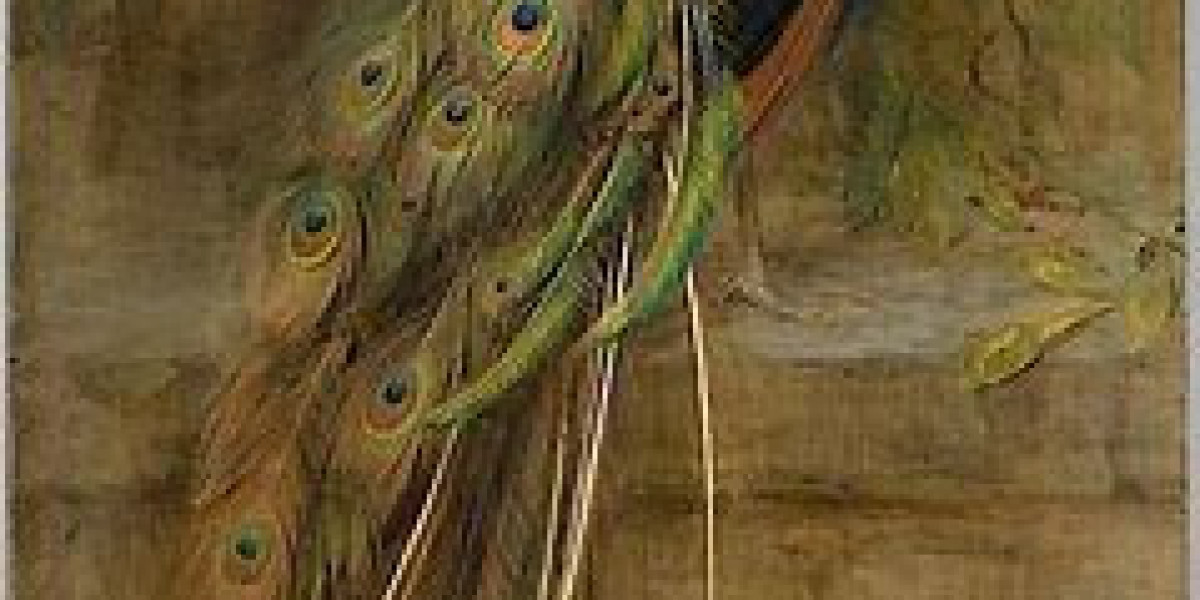Introduction
Peacock paintings have captivated art enthusiasts for centuries with their vibrant colors, intricate details, and symbolic significance. From ancient civilizations to modern art movements, the aesthetic allure of peacock-inspired artwork continues to inspire and mesmerize. In this article, we will delve into the fascinating world of peacock paintings, exploring their historical roots, artistic techniques, and enduring appeal.
Table of Contents
- The Symbolism of Peacocks in Art
- Historical Influences on Peacock Paintings
- Capturing the Beauty: Techniques in Peacock Paintings
- Famous Artists and their Peacock Masterpieces
- Contemporary Interpretations of Peacock Paintings
- The Impact of Peacock Paintings in Interior Design
- Collecting and Preserving Peacock Artwork
- The Enduring Popularity of Peacock Paintings
- Conclusion
- Frequently Asked Questions (FAQs)
The Symbolism of Peacocks in Art
Peacocks have long held symbolic meanings across different cultures. Their magnificent plumage and graceful presence symbolize beauty, immortality, and spirituality. In art, peacocks often represent renewal, rebirth, and transcendence. Artists have utilized the peacock motif to convey a sense of opulence, regality, and divine connection. By incorporating peacock imagery into their artwork, artists aim to evoke a sense of awe and wonder in the viewers.
Historical Influences on Peacock Paintings
Throughout history, peacocks have been prominent subjects in various art forms, including paintings, sculptures, and textiles. In ancient civilizations such as Mesopotamia, Egypt, and Greece, peacocks were associated with gods and goddesses, signifying their connection to the divine realm. During the Renaissance period, peacock motifs were prevalent in religious art, representing immortality and resurrection. The influence of Eastern art on Western artists also brought the peacock theme to the forefront, particularly during the Art Nouveau movement.
Capturing the Beauty: Techniques in Peacock Paintings
Peacock paintings require meticulous attention to detail to capture the mesmerizing beauty of these magnificent creatures. Artists employ various techniques to bring out the vivid colors, intricate patterns, and graceful forms of peacocks. Watercolor is often favored for its ability to create translucent and vibrant hues, allowing artists to replicate the iridescence of the peacock feathers. Oil paintings offer a rich and textured finish, enabling artists to capture the intricate details of the plumage. Mixed media techniques combining acrylics, pastels, and gold leaf are also used to add depth and luminosity to peacock paintings.
Famous Artists and their Peacock Masterpieces
Several renowned artists have immortalized the elegance of peacocks through their masterful creations. Gustav Klimt, the celebrated Austrian painter, incorporated peacock motifs in many of his works, infusing them with symbolism and sensuality. Raja Ravi Varma, an Indian artist, painted exquisite portraits of women adorned in peacock-inspired attire, merging traditional Indian aesthetics with European techniques. The American artist Tiffany Studios, known for their stained glass artwork, crafted stunning peacock-themed windows that showcased the bird's allure in a kaleidoscope of colors.
Contemporary Interpretations of Peacock Paintings
In contemporary art, peacock paintings continue to evolve, reflecting the artists' unique perspectives and experimentation with different styles. Some artists opt for abstract interpretations, using bold brushstrokesand vibrant colors to convey the essence of peacock symbolism. Others explore the fusion of traditional and modern techniques, combining realism with abstract elements. Mixed media approaches, such as incorporating collage and digital art, are also employed to push the boundaries of peacock-inspired artwork. Contemporary artists embrace the versatility of the peacock motif, infusing it with personal narratives and social commentary, making it a relevant and engaging subject for art enthusiasts of all generations.
The Impact of Peacock Paintings in Interior Design
Peacock paintings have found a special place in interior design, adding a touch of elegance and vibrancy to spaces. The bold and eye-catching colors of peacock feathers make them a popular choice for accent pieces, wall art, and upholstery. Peacock-inspired patterns and motifs are often incorporated into textiles, wallpapers, and decorative accessories, bringing a sense of luxury and opulence to home decor. Whether used as a focal point or a subtle accent, peacock paintings contribute to creating visually captivating and aesthetically pleasing environments.
Collecting and Preserving Peacock Artwork
Collecting peacock artwork has become a passion for many art enthusiasts and collectors. When acquiring peacock paintings, it is essential to consider factors such as the artist's reputation, the quality of the artwork, and its condition. Proper preservation techniques should be employed to ensure the longevity and integrity of the artwork. This includes protecting paintings from direct sunlight, controlling humidity levels, and using archival materials for framing and storage. By safeguarding these precious artworks, collectors can enjoy their beauty for generations to come.
The Enduring Popularity of Peacock Paintings
The allure of peacock paintings continues to captivate art lovers worldwide, transcending time and cultural boundaries. The vibrant colors, intricate patterns, and rich symbolism associated with peacocks make them an enduring source of inspiration for artists and viewers alike. Whether exploring the historical significance or embracing contemporary interpretations, peacock paintings offer a visual feast that engages the senses and evokes a sense of wonder. As long as art continues to celebrate beauty, spirituality, and the transformative power of nature, peacock paintings will remain a beloved and cherished form of artistic expression.
Conclusion
Peacock paintings stand as a testament to the timeless allure of nature's most resplendent creations. From ancient civilizations to modern-day art, the vibrant plumage and symbolism of peacocks have fascinated artists and viewers alike. Through meticulous techniques and personal interpretations, artists have captured the essence of peacock beauty, creating mesmerizing masterpieces that continue to inspire. As we delve into the world of peacock paintings, we uncover a rich tapestry of history, technique, and creativity that celebrates the eternal appeal of these magnificent birds.
Frequently Asked Questions (FAQs)
Q: What is the symbolism of peacocks in art?
- A: Peacocks symbolize beauty, spirituality, and renewal in art, representing themes of immortality and transcendence.
Q: Which famous artists have created peacock paintings?
- A: Renowned artists such as Gustav Klimt, Raja Ravi Varma, and Tiffany Studios have produced captivating peacock-inspired artworks.
Q: What techniques are used in peacock paintings?
- A: Artists employ various techniques, including watercolor, oil painting, and mixed media, to capture the vivid colors and intricate details of peacock feathers.
Q: How do peacock paintings impact interior design?
- A: Peacock paintings add elegance and vibrancy to interior spaces, serving as accent pieces and contributing to visually captivating environments.
Q: How can collectors preserve peacock artwork?
- A: Collectors should protect peacock paintings from direct sunlight, control humidity levels, and use archival materials for framing and storage to ensuretheir longevity and preservation.



